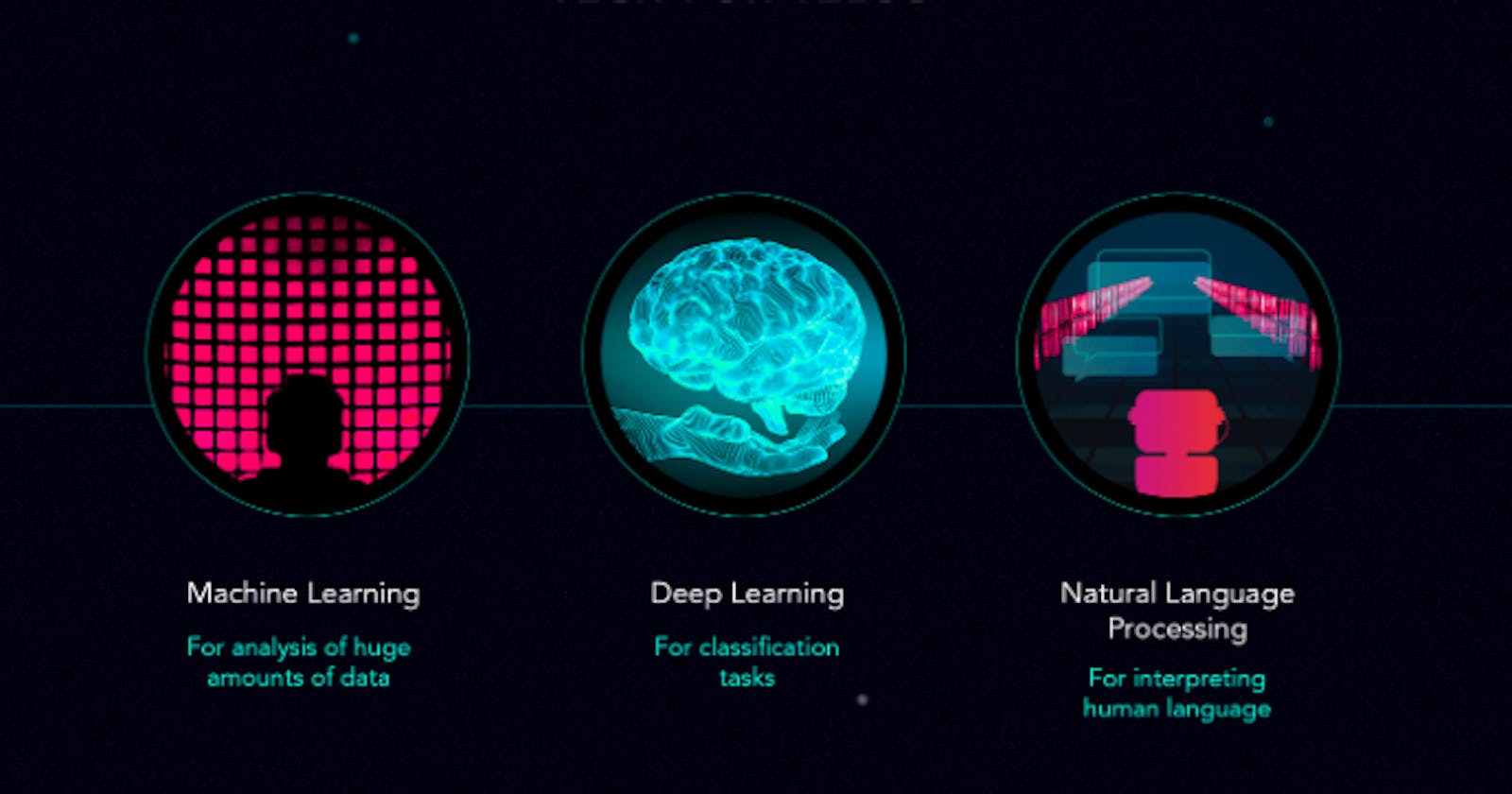Unveiling the Power of Natural Language Processing: A Comprehensive Guide to Text Analytics
Introduction
In today's data-driven world, where information is abundant and complex, the ability to derive meaningful insights from vast amounts of textual data has become a necessity. This is where the transformative field of Natural Language Processing (NLP) emerges, revolutionizing the way computers understand, analyze, and generate human language. In this comprehensive guide, we embark on a journey into the realm of NLP, delving deep into the intricate tapestry of text analytics and its profound implications.
Understanding the Essence of Natural Language Processing
At its core, Natural Language Processing is an interdisciplinary field that combines elements of linguistics, computer science, and artificial intelligence to equip machines with the ability to comprehend and interact with human language. By leveraging advanced algorithms, statistical models, and linguistic analysis techniques, NLP bridges the gap between human communication and machine understanding. It enables computers to decipher the complexities of human language, including its grammar, semantics, and pragmatics, thereby opening new avenues for information extraction and knowledge discovery.
Unveiling the Power of Text Analytics
Text analytics, a powerful application of NLP, enables organizations to extract valuable insights from unstructured textual data. By employing a wide range of techniques, including information retrieval, machine learning, and natural language understanding, text analytics empowers decision-makers to transform raw text into actionable knowledge. From sentiment analysis and entity recognition to topic modelling and summarization, text analytics unveils the hidden potential within vast amounts of textual information, fostering data-driven decision-making and driving innovation across industries.
Key Components of Natural Language Processing
To truly grasp the inner workings of NLP, it is essential to explore its key components, which form the building blocks of language understanding and processing:
Tokenization: The process of breaking down textual data into smaller units, such as words or phrases, known as tokens. Tokenization lays the foundation for subsequent linguistic analysis and information extraction.
Part-of-Speech Tagging: Assigning grammatical tags to tokens, enabling computers to understand the syntactic role and function of each word within a sentence. Part-of-speech tagging enables more sophisticated language understanding and context-based analysis.
Named Entity Recognition: Identifying and classifying named entities, such as persons, organizations, locations, or dates, within a text. Named Entity Recognition facilitates information extraction, entity linking, and knowledge graph construction.
Sentiment Analysis: Determining the sentiment or emotional tone expressed within a piece of text, allowing organizations to gauge public opinion, monitor customer feedback, and make data-driven decisions based on sentiment insights.
Language Generation: The process of generating coherent and contextually relevant text, ranging from chatbots and virtual assistants to automated content creation. Language generation enables machines to interact with humans naturally, producing human-like responses and contributing to personalized user experiences.
Real-World Applications of NLP
The applications of NLP span across numerous domains and industries, transforming the way we interact with technology and unlocking unprecedented opportunities for growth and innovation. Some notable applications include:
Customer Support and Chatbots: NLP-powered chatbots provide efficient and personalized customer support, answering queries and resolving issues through natural language conversations.
Sentiment Analysis in Social Media: NLP techniques help analyze and interpret social media data, enabling businesses to understand public sentiment, track brand reputation, and uncover emerging trends.
Information Extraction and Summarization: NLP algorithms extract relevant information from vast textual databases, enabling efficient knowledge retrieval and generating concise summaries for enhanced decision-making.
Language Translation: NLP facilitates automatic translation between languages, breaking down language barriers and fostering global communication and understanding.
Conclusion
NLP is a subfield of computer science and artificial intelligence that deals with the interaction between computers and human languages.
The primary goal of NLP is to enable computers to understand, interpret, and generate natural language, the way humans do.
NLP involves a variety of techniques, including computational linguistics, machine learning, and statistical modelling.
NLP is used in a wide range of industries, including finance, healthcare, education, and entertainment.
Some of the main applications of NLP include language translation, speech recognition, sentiment analysis, text classification, and information retrieval.
NLP is a rapidly evolving field that is driving new advances in computer science and artificial intelligence.
NLP has the potential to transform the way we interact with technology in our daily lives.
Natural Language Processing and text analytics hold immense potential in our data-centric world. By enabling machines to comprehend and analyze human language, NLP paves the way for transformative advancements.
Happy exploring the world of Natural Language Processing!
Written By:- Abhishek
Giganoto Batch -1 Student
